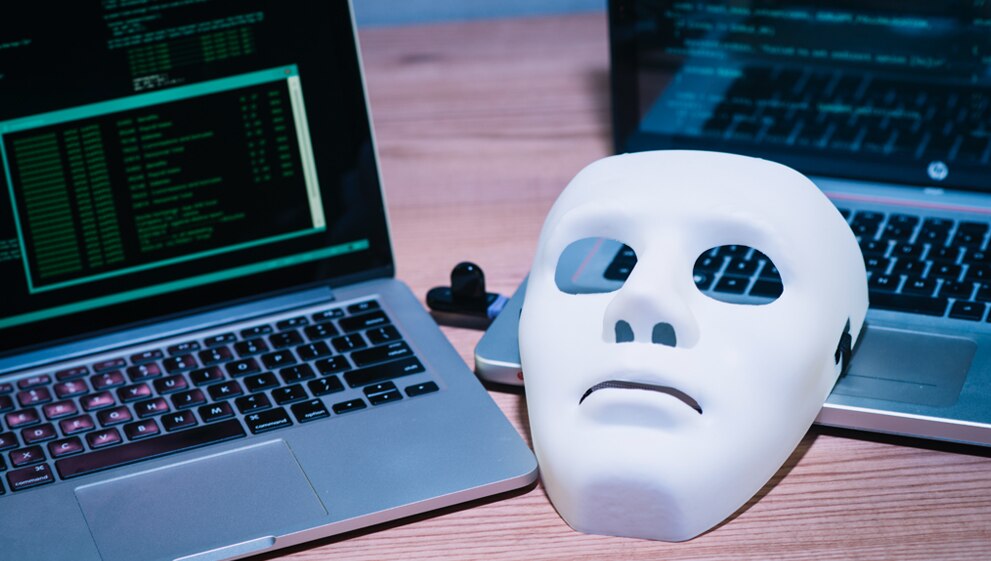A recent Cisco Talos report highlights a significant issue: weaknesses involving multi-factor authentication (MFA) were observed in nearly half of the security engagements this quarter. Alarmingly, as seen in 25% of the cases, the most common weakness was users approving unauthorized push notifications.
Cybercriminals are increasingly exploiting this vulnerability by overwhelming users with a flood of fake approval requests. One such tactic, known as MFA bombing, involves a relentless barrage of push notifications aimed at tricking users into granting access.
As iPhones become central to our digital lives, understanding this threat is crucial for protecting your personal information. This article covers everything you need to know about MFA bombing and how to stay safe.
What is MFA Bombing?
MFA Bombing is a type of cyberattack where attackers inundate users with repeated MFA push notifications until the user inadvertently approves one, granting the attacker access. This tactic differs from other phishing methods by exploiting user fatigue and confusion rather than relying solely on deceptive emails or messages.
Traditional phishing involves tricking users into providing credentials through fake websites or emails. In contrast, MFA bombing leverages legitimate security measures to protect user accounts, turning them against the user.
How MFA Bombing Targets Apple Users
Apple’s ecosystem, known for its robust security features, is not immune to a MFA bombing attack. Attackers often target Apple users due to their widespread use of MFA.
The seamless integration of Apple devices and services creates specific vulnerabilities, such as the ability to send multiple push notifications to various devices simultaneously. This increases the likelihood of a user mistakenly approving a fraudulent request, especially when bombarded with notifications across their iPhone, iPad, and Mac.
How Does MFA Bombing Work?
To understand how MFA bombing unfolds, let’s examine the step-by-step process:
- Initial Access: Cybercriminals gain initial access to a user’s login credentials through methods like phishing emails, data leaks, or brute-force attacks.
- MFA Request Flooding: Once they have the credentials, attackers repeatedly send MFA push notifications to the user’s devices. This can happen at any time, often during late hours to catch users off guard.
- User Fatigue: The constant barrage of notifications aims to wear down the user’s patience and vigilance. After receiving numerous prompts, a user may become overwhelmed or annoyed.
- Accidental Approval: Eventually, the user may approve one of the notifications, either out of frustration, confusion or by accident, thinking it is a legitimate request.
- Account Compromise: With the MFA approval, attackers gain full access to the user’s account, leading to a potential iPhone breach, unauthorized transactions, and further exploitation.
How to Protect Yourself Against MFA Bombing Attacks
To safeguard your accounts from the threat of a MFA bombing attack, consider these essential steps:
- Decline by Default: Always deny unexpected MFA requests. If you receive multiple prompts without initiating a login, it’s likely an attack. Immediately change your password and inform your service provider.
- Develop Strong, Complex Passwords: Use unique passwords for each account to prevent attackers from gaining access through data leaks. Consider using a password manager to maintain strong, varied credentials.
- Enable Two-Factor Authentication (2FA): Beyond MFA, enable 2FA for an added layer of security. This involves using a secondary method, such as a code sent to your phone, in addition to your password.
- Be Cautious with Public Wi-Fi: Avoid accessing sensitive accounts over public Wi-Fi networks. If necessary, use a VPN (Virtual Private Network) to encrypt your internet connection and protect your data from potential eavesdroppers.
- Keep Software Updated: Regularly update your anti-virus and anti-malware software to protect against new threats. Ensuring that all your devices are running the latest software versions can close security gaps that attackers might exploit.
- Enable Additional Security Features: Utilize features like biometric authentication, such as Face ID or Touch ID, for an added layer of security. This makes it more difficult for attackers to gain access even if they have your credentials.
- Monitor Account Activity: Regularly check your account activity for any unauthorized actions. Early detection can help mitigate the impact of an attack.
MFA bombing is not just a technical attack; it’s also a psychological one. Attackers exploit user fatigue and frustration to manipulate their decisions. Thus, it’s essential to stay composed when bombarded with MFA requests. Take a short break, verify the request source, and contact your service provider.
The Role of Antivirus Solutions in Preventing MFA Bombing
Antivirus solutions play a critical role in defending against MFA attacks. Quick Heal Total Security, developed by Quick Heal Technologies, offers comprehensive protection for both computers and mobile devices. It provides real-time protection, firewalls, and malware detection to safeguard against various cyber threats.
The suite includes advanced malware protection to detect and neutralize threats before they compromise your device. Its real-time protection continuously monitors for suspicious activities, blocking unauthorized access attempts. The firewall feature ensures that only trusted applications and users can access your network.
Additionally, the security suite’s robust anti-phishing features protect against iPhone phishing by identifying and blocking phishing websites/emails. Using Quick Heal Total Security can significantly reduce the risk of MFA bombing attacks, protecting against traditional threats and advanced cyber attacks.
Summing Up
MFA bombing is a growing threat that exploits the multi-factor authentication process to compromise user accounts. Understanding how these attacks work and implementing strong security measures is essential to protect yourself and your data. Always decline unexpected MFA requests, use unique and complex passwords, keep your software updated, and consider additional security features like biometric authentication.
Remember to use reliable antivirus solutions like Quick Heal Total Security to provide an additional layer of defense against such sophisticated phishing tactics.
Get Quick Heal Total Security at just Rs. 1591 for a year!


